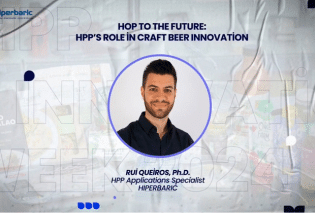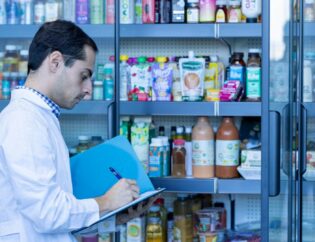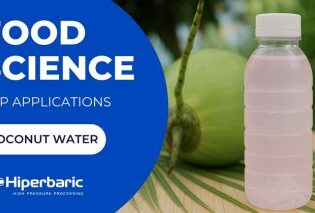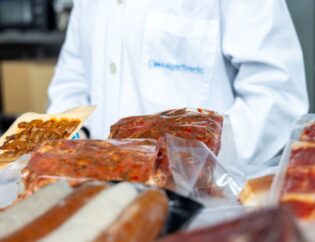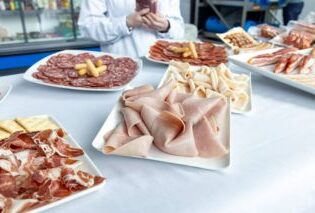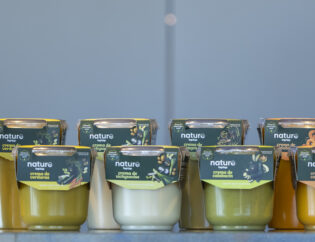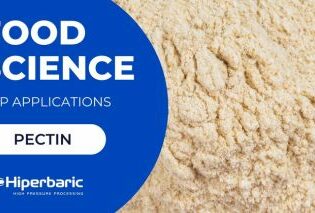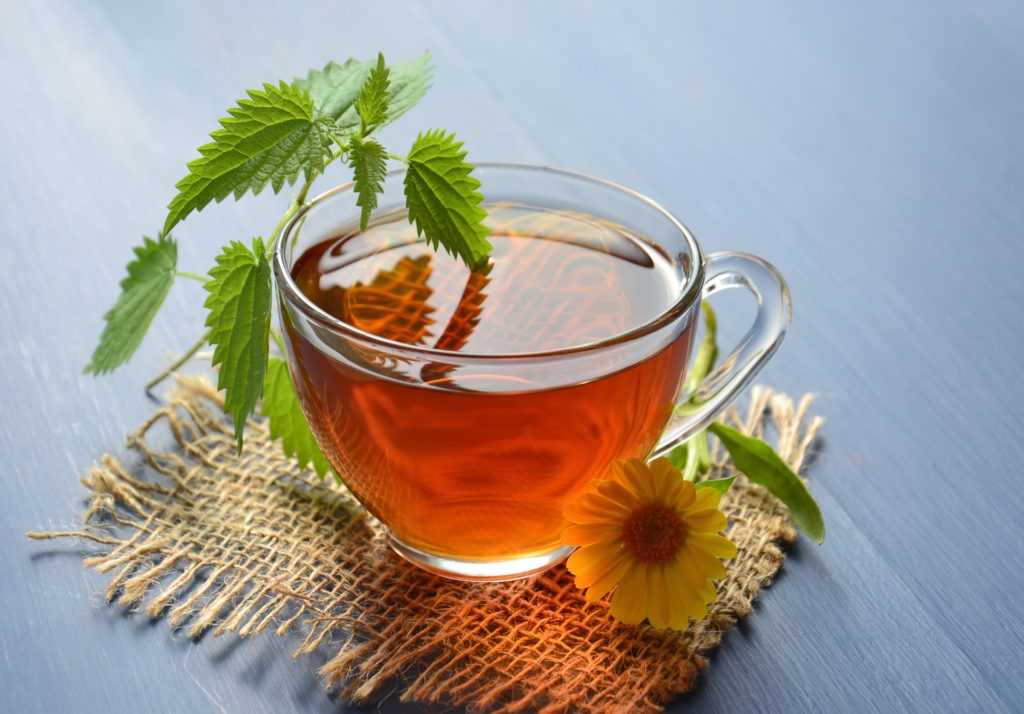
Tea is one of the most highly consumed beverages worldwide. This aromatic drink is prepared by brewing the leaves of the tea plant, which health benefits have been widely explored. Long known to early civilizations, tea has been around for millennia. However, it was only in the 17th century that tea conquered Europe, and afterward, the rest of the world where it is enjoyed by billions of people. Convenient commercial tea-based beverages retain their natural and fresh taste with high pressure processing (HPP). HPP eliminates harmful and spoilage microorganisms present in these beverages while preserving sensory, nutritional and functional properties for an extended time.
Tea is one of the most widely consumed beverages in the world. It is an aromatic beverage prepared by infusing leaves of the tea plant (Camellia sinensis or Camellia assamica), associated with several health benefits. In principle, only infusions made with the dried leaves (or buds) of this specific plant should be called tea, as infusions from other plants should be called herbal infusions or tisanes. Different types of tea can be obtained from the tea plant, depending on how the leaf is processed: black (fermented), green (non-fermented), oolong (semi-fermented) and white (harvested leave buds with white trichomes, non-fermented or semi-fermented). The most consumed type of tea in the world is black (75 %), followed by green (15 %). The different types of tea can be brewed using cold or hot water, resulting in a beverage with different unique chemical and flavor profiles.
How tea conquered the world thanks its health benefits
The use of the tea plant began, it seems, due to its health benefits and its use as a drink dates back millennia. According to legend, the discovery of the stimulating properties of tea leaf it is due to the Chinese emperor Shen Nung (2737 BC). Around the year 800 the first seeds were brought to Japan, where cultivation became established by the 13th century. Following, in these two countries there was an extraordinary evolution. Perhaps unique in the history of human consumption products, tea consumption involved not only the technical and economic domain but also the artistic, poetic, philosophical and even religious. Therefore, the consumption of tea in these two countries, but mainly in Japan, involved a ceremonial sometimes complex but always of great significance.

Its introduction to Europe only came about at the beginning of the 17th century, as a result of the trade that was then established between Europe and the East. Once tea was brought to Europe, the English were responsible for intensifying and develop its trade. Therefore, its popularity has extended to countries where English influence has been felt, first in the USA then Australia and Canada.
Harnessing the health benefits of tea
Tea is rich in powerful biological compounds, such as flavonoids, amino acids, vitamins, phenolic acids, among others. Due to the antioxidant properties of many of these compounds they can help to neutralize free radicals that, over time, damage elements in the body, thus contributing to chronic disease. These bioactive compounds have been linked with several health benefits. Research has shown that regular tea consumption benefits cardiovascular health by regulating the serum lipid levels and due to its antihypertensive effect. Moreover, several researchers have been investigating the effects of tea consumption on cancer prevention/modulation, with promising results.
To satisfy both thirst and taste buds, modern consumers are looking for a wide range of innovative and healthy cold drinks. Therefore, tea-based beverages are a superb alternative to replace traditional soft drinks or sweetened iced teas, as it is great for quenching the thirst and hydrating the body, while promoting wellness.
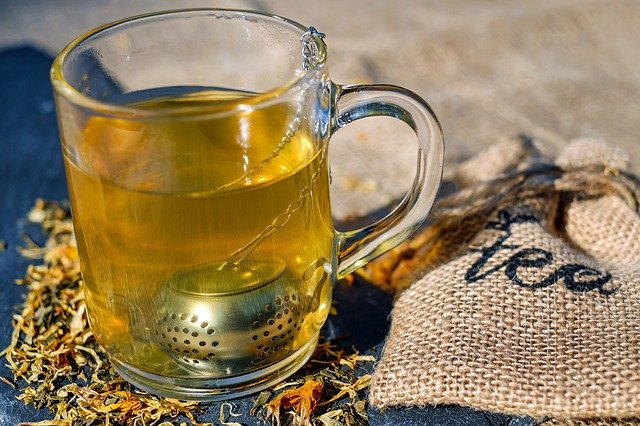
Since it is a cold process, high pressure processing (HPP) is an excellent way to render these beverages safe, without altering their unique flavor and phytochemical profile. By holding the products under high hydrostatic pressure (4,000 – 6,000 bar / 400 – 600 MPa / 58,000 – 87,000 psi), it eliminates harmful and spoilage microorganisms. Consequently, HPP preserves sensory, nutritional and functional properties of beverages for an extended time. Due to these advantages, HPP beverages are the fastest-growing HPP sector in the world, accounting for around 30 % of global HPP food production.
Following this trend, more and more companies are harnessing the benefits of tea, keeping them safe with HPP. For instance, both Suja and Origin almond offer blends of juice, Spirulina, and Matcha – a Japanese green tea variety.
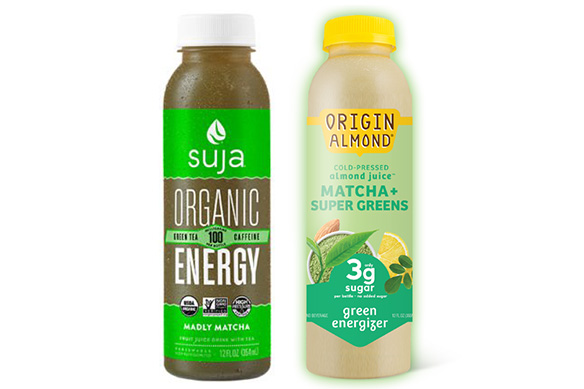
Herbal infusions may also have health promoting compounds. For instance, infusions of the hibiscus flower may improve blood circulation and promote digestion. Talina placed in the market HPP hibiscus infusion, currently available in four flavors (original, mint, ginger, and pineapple).
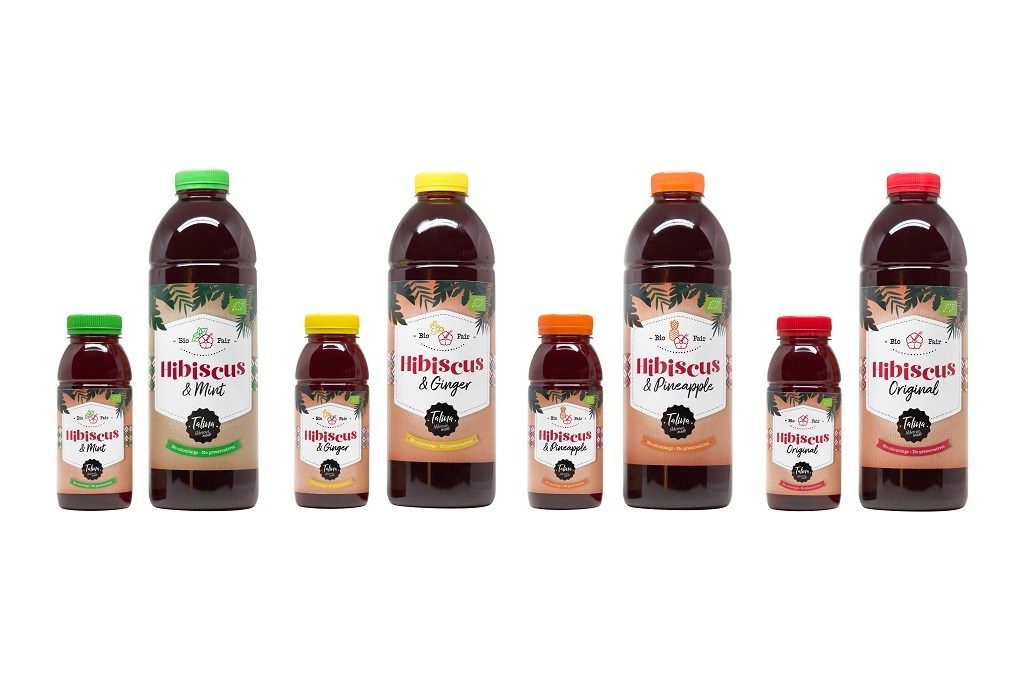
Keeping it cool with HPP
A new and popular way of making tea is by steeping tea leaves in cold water, known as a cold brew. Although this is a slower process, the longer time necessary allows for higher extraction of flavor and antioxidants, producing a milder, richer, smoother taste, often sweeter, than the traditional hot brew. Additionally, since many antioxidants and vitamins are sensitive to heat, extracting tea using cold water leads to higher retention of all of this good stuff. HPP is an excellent choice to ensure the safety of these never heated drinks retaining the natural and fresh clean taste. A range of cold-brew tea and herbal infusions, often blended with juices to achieve a balance between wellness and flavor, are in the market. Some examples are I’m Tea from Fruity-line, Harbor Side from Back Bay Roasters, Bless, and Cham.
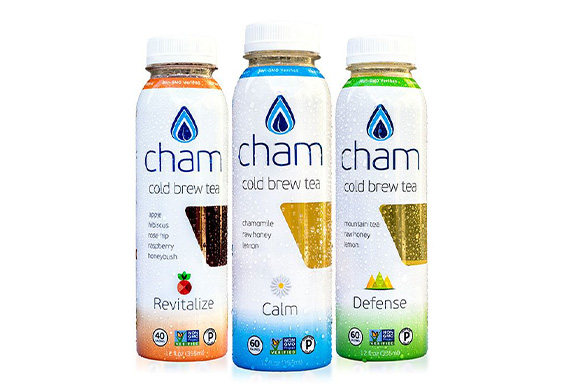
Maintaining the flow
Up until recently, HPP was available only as an in-pack technology, i.e. processing beverages in their final packaging, somehow limiting production outputs due to restricted filling ratios of the HPP units. The Hiperbaric Bulk, a global innovation from Hiperbaric, allows processing beverages in bulk before bottling. Unlike the typical in-pack process, it allows a filling ratio of 90% and consequently higher throughputs, up to 10,000 l/h (2,640 gal/h).
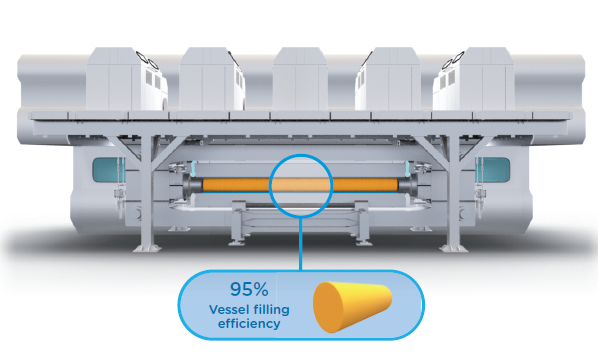
Since the beverages are processed before packaging it allows the use of any packaging material after. With this process, liquid foods can be bottled/packed into a variety of materials like plastic, glass, metal, or paper-based packaging.
If you want to know more about HPP technology (in-pack or in-bulk), and how to improve food safety and quality of tea-based beverages, please contact us.


